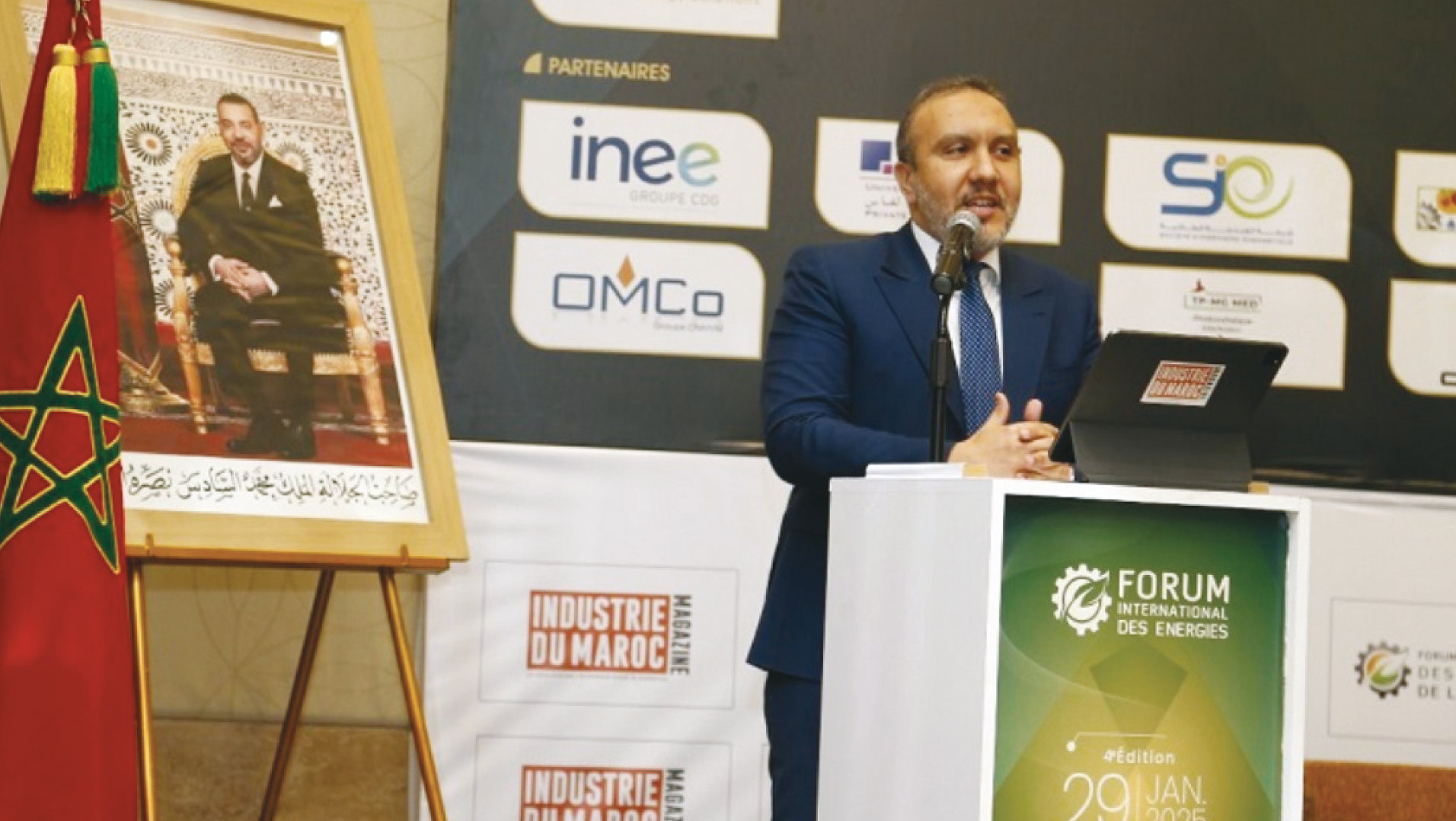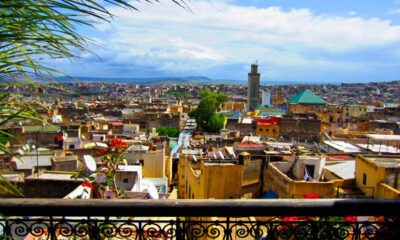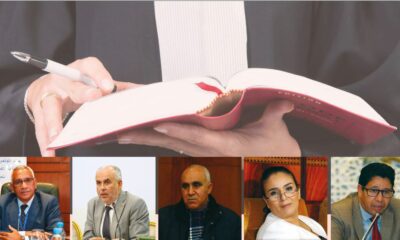Kingdom
ONEE Seeks a Competitive Energy Mix
The public office employs several strategies to accelerate the integration of renewable energy into the national grid. The southern provinces and the eastern and southeastern regions of the Kingdom are home to the most competitive renewable energy sources. Analysis.

Providing competitive electricity to Moroccan households and businesses is a major goal for the National Office of Electricity and Drinking Water (ONEE). As a central player, ONEE aims to achieve the national objective of increasing the share of renewable energy in the national energy mix to 52% by 2030.
Under the leadership of Tarik Hamane, the public entity is implementing various strategies to supply competitive energy to the national economy. This involves leveraging the affordable cost of renewable energy to significantly reduce the Kingdom’s energy costs and dependence, while creating new economic opportunities such as jobs and new sectors.
Tarik Hamane, Director General of ONEE, recently took the opportunity at the 4th International Energy Forum in the economic capital to demonstrate how ONEE is actively facilitating the development of a competitive energy mix to benefit the national economy, where decarbonization has become essential.
This is particularly crucial given the environmental and economic challenges. It is important to note that the EU, which will enforce the Carbon Border Adjustment Mechanism (CBAM) starting in January 2026, is the primary market for national exports, accounting for over 65%.
Electric Grid: Strengthening Comes First!
“One of our main focuses is the maximum development of the grid to access renewable energy where it’s most competitive—in the southern provinces and the eastern and southeastern regions of the Kingdom,” says the head of ONEE. Over 27 billion MAD will be invested in the next five years to strengthen the ultra-high voltage network. Integrating renewable energy into the national grid is a top priority for ONEE.
It’s important to note that the 27 billion MAD investment does not include the ultra-high voltage line project connecting Dakhla to Casablanca, which aims to transport renewable energy in bulk. This will be a key competitiveness factor for gigafactories expected to proliferate nationally.
Currently, in Morocco, renewable energy makes up 45.3% of the installed capacity, nearly 5,400 MW, including over 2,400 MW from wind, 2,100 MW from hydro, and 900 MW from solar. Additionally, there are over 4,000 MW of clean energy projects in the pipeline, set to be operational by 2030, allowing the Kingdom to exceed its ambitious energy mix goals.
Managing Intermittency and Flexibility Measures
Currently, ONEE is addressing the challenge of intermittency through compensation strategies, highlighting the importance of storage—a crucial factor for the growth of renewable energy increasingly favored by Moroccan industries due to its competitiveness over fossil fuels. For example, some industries have secured contracts for renewable electricity at prices 20% to 40% lower than fossil fuels, which have spiked due to the Russia-Ukraine conflict.
“We have a relatively substantial energy storage capacity in Morocco, with about 800 MW operational in hydraulic storage, including two pumped-storage power stations,” noted ONEE’s Director General.
To optimize storage capacity and better manage peak demand, ONEE has turned to increasingly affordable battery technology. “In the past 18 months, battery costs have halved, which is exceptional,” shared the public entity’s head, who has launched tenders for battery acquisitions.
ONEE is preparing a battery storage program directly connected to the national grid to optimally manage intermittency, facilitating the massive integration of renewable energy.
Another major initiative involves flexibility measures using natural gas, in simple or combined cycles, to streamline grid management. ONEE has awarded the contract for the “Wahda” gas-fired power plant, with a capacity of nearly 1,000 MW, expected to be operational by early 2027, bringing the total number of gas plants to three.
Additionally, ONEE is exploring green hydrogen, a key solution for decarbonizing maritime transport, steel, and cement industries, and enhancing electricity use to support sustainable mobility.
Renewable Energy: Benefits of Regional Integration
According to Hamane, one of the key advantages of renewable energy is that as it is shared, the network expands, increasing its capacity for absorption and optimized use.
In essence, effective regional electrical integration enables partner countries to pool their infrastructures (like storage) and natural energy sources. This perspective highlights the importance of interconnection projects between Morocco and Mauritania, as well as Spain with the third line, and Portugal.













